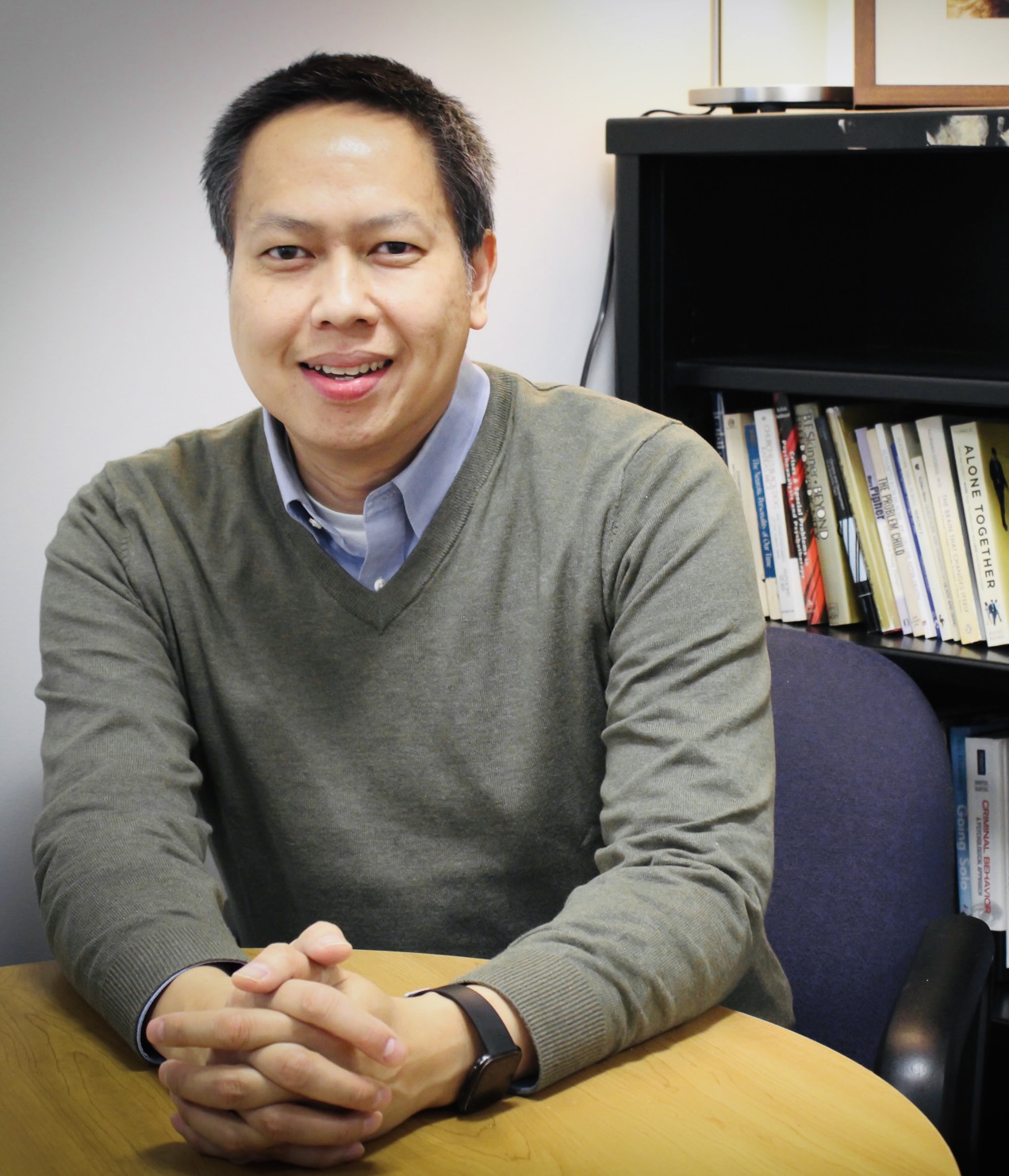The Transformative Power of Higher Education

Photography by Christina McDonnell
The Transformative Power of Higher Education
A Q&A with Bobby Hiep Bui about providing access to higher education to people who are incarcerated
Bobby Hiep Bui, a senior lecturer in counseling psychology, brings a wealth of experience as a teacher, therapist, and trainer to his work at BU Wheelock. That experience is grounded in equity and justice, especially for those who have historically been denied psychotherapy or higher education.
“I believe education transforms people. It gives them opportunities. It opens doors,” Bui says. He is the director of BU Wheelock’s master’s in counseling program.
An educator for more than two decades, Bui has seen firsthand the transformative power of higher education, especially for those who have been consigned to the margins. Over time, however, he noticed that one population was largely excluded from the advantages higher education had to offer: incarcerated people. He decided he could do something to help. “When you look at who ends up incarcerated in US prisons, it’s primarily Black and brown people or people who are impoverished,” he says. “I started looking for groups that were creating college programs in correctional facilities.”
Bui’s interest in supporting higher education in prisons led him to work with Hudson Link for Higher Education in Prison. Started in 1999 by a group of community leaders, incarcerated men, college instructors, and volunteers, Hudson Link is a nonprofit organization in New York that provides incarcerated people with opportunities to work toward a bachelor’s degree, as well as support for people reentering society from prison. According to Hudson Link’s mission statement, higher education “can make a positive impact on [incarcerated people’s] own lives, their families, and communities, resulting in lower rates of recidivism and higher rates of employment, community regeneration, cohesiveness, and reciprocity.”
Through Hudson Link, Bui taught classes in introductory psychology, abnormal psychology, and personality at a men’s maximum-security prison in New York. Before teaching at Hudson Link, Bui had no experience working with incarcerated people, and it took him some time to adjust to all the security precautions. “It was intimidating at first,” he says.
The challenges of learning while incarcerated
Instructors working in prisons as Bui does face several challenges. For one, they lack the academic freedom they would have in a traditional college or university: prison officials review videos, books, and other materials to ensure that they are appropriate. Also, there is limited technology for instructors and students.
Learning in prison can be trying for the students, too. Prisons are loud and chaotic, straining one’s ability to concentrate amid the din. The strict regimentation of prison life also places constraints on when, and where, incarcerated people can study.
But even within this daunting environment, Bui encountered students who were ready and eager to learn. “These men were impressive from day one,” says Bui. “They do all the reading ahead of time, and on their own, they’ll do outside reading. I would say that they were the hardest-working students I’ve ever had at any institution I’ve taught at.”
Personal development and intellectual curiosity aren’t the only motivators for studying while incarcerated. Education can also reduce recidivism rates, or the rate at which people are incarcerated after returning from prison. According to Bui and Hudson Link, around two-thirds of formerly incarcerated people “return to prison within three years of their initial release date.” Less than 2% of Hudson Link graduates, however, return to prison in the same time frame.
Since joining BU Wheelock’s faculty, Bui has presented research on college programs in prison at the Alliance for Higher Education in Prison’s 2022 conference. He’s proud to be part of an effort to support incarcerated people working toward a bachelor’s degree—and making a long-term investment into their future outside prison. “We’re not just building a better community inside the facility, but we’re changing the lives of people and their families outside,” he says.